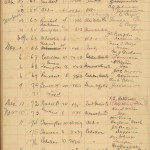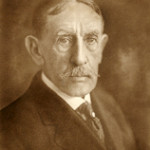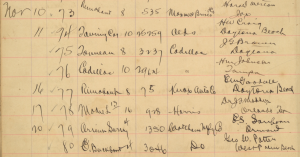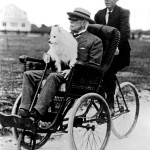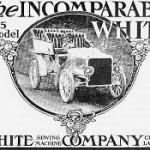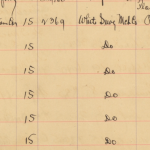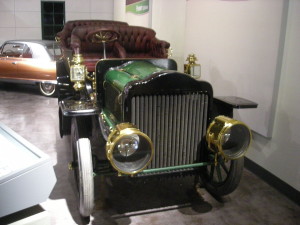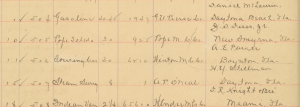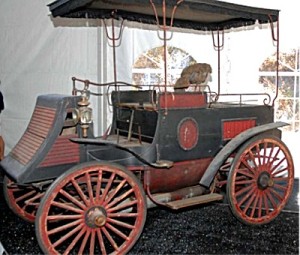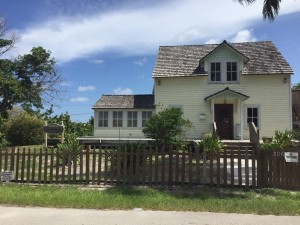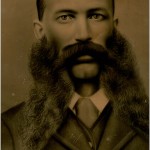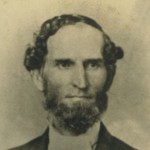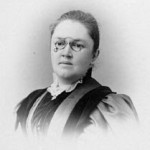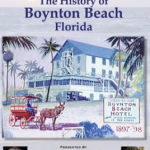1905 – Florida requires automobile registration
George Potter
George W. Potter was the first person in this part of the state (Palm Beach County) to legally register his automobile with the state.
Other horseless carriages were dotting the sandy roads, but Potter’s registration of a lightweight, four-horsepower Orient Buckboard, recorded November 20, 1905, was the 80th registered vehicle in the entire state of Florida. Before moving to Florida, Potter studied art and engineering in Cincinnati. His great grandson, David Willson, cartoonist for the Palm Beach Daily News, recounts how you could tell Potter had a fascination with all things mechanical as his sketches were filled with bridges and steam boats.
Henry M. Flagler
Henry Morrison Flagler registered his vehicle on December 6, 1905, a few weeks after Potter. Local history sources contend that Flagler did not allow motorized vehicles on his luxury island resort at Palm Beach, instead preferring guests to traverse through the gardens and jungle trials via wicker rickshaw bicycles, powered by Negro guides.Flagler’s vehicle, listed as a Touring Car manufactured by White Sew’g Mch. Co. (White Sewing Machine Co./White Motor Co.) operated on steam, hence the vehicle was not a noisy as other autos of the time. Presidents William Taft and Theodore Roosevelt also owned White Motor Company automobiles during this time period.
Florida East Coast Hotel System
The vehicle must have served Flagler well, for in the next few months his Florida East Coast Hotel system purchased and registered five additional identical touring cars.
Boynton Hotel Company President A.E. Parker
In January 1908, Albert Edward Parker, manager of the Boynton oceanfront hotel and son-in-law of hotel owner Maj. Nathan Smith Boynton, registered his 30-horsepower Winton M.C. Co. Touring Car. Parker conducted business in both West Palm Beach and Miami, and likely used the old, bumpy sand trail to traverse the county for business purposes and to take hotel guests on sight-seeing tours.
1908 – 500 registered vehicles in Florida
By 1908, 500 vehicles were registered in the state of Florida.
2016 – Over 20,000,000 registered vehicles in Florida
Currently, there are over twenty million vehicles registered in Florida, with 1.2 million in Palm Beach County.
Vehicles registered in the State of Florida as of February 5, 2016
DRIVE SAFE!

